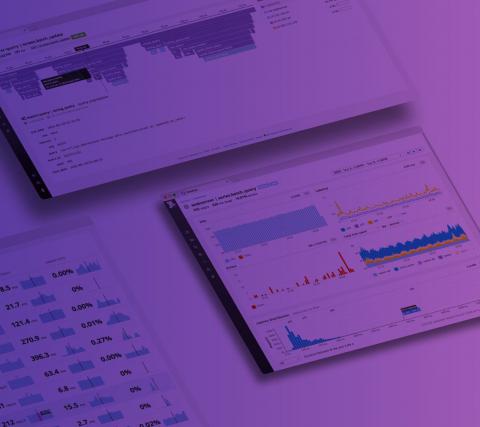It Came From Below
I’m going to assume most people who read this blog are familiar with PagerDuty. But just in case anyone isn’t, PagerDuty is a tool we use in IT to notify us if some predefined check has failed. Maybe a key process has died or maybe we’re not seeing our expected traffic volume or maybe our server has stopped responding to ping. Whatever it is, PagerDuty will relentlessly, remorselessly, and loudly notify whoever is on call that something needs attention.












